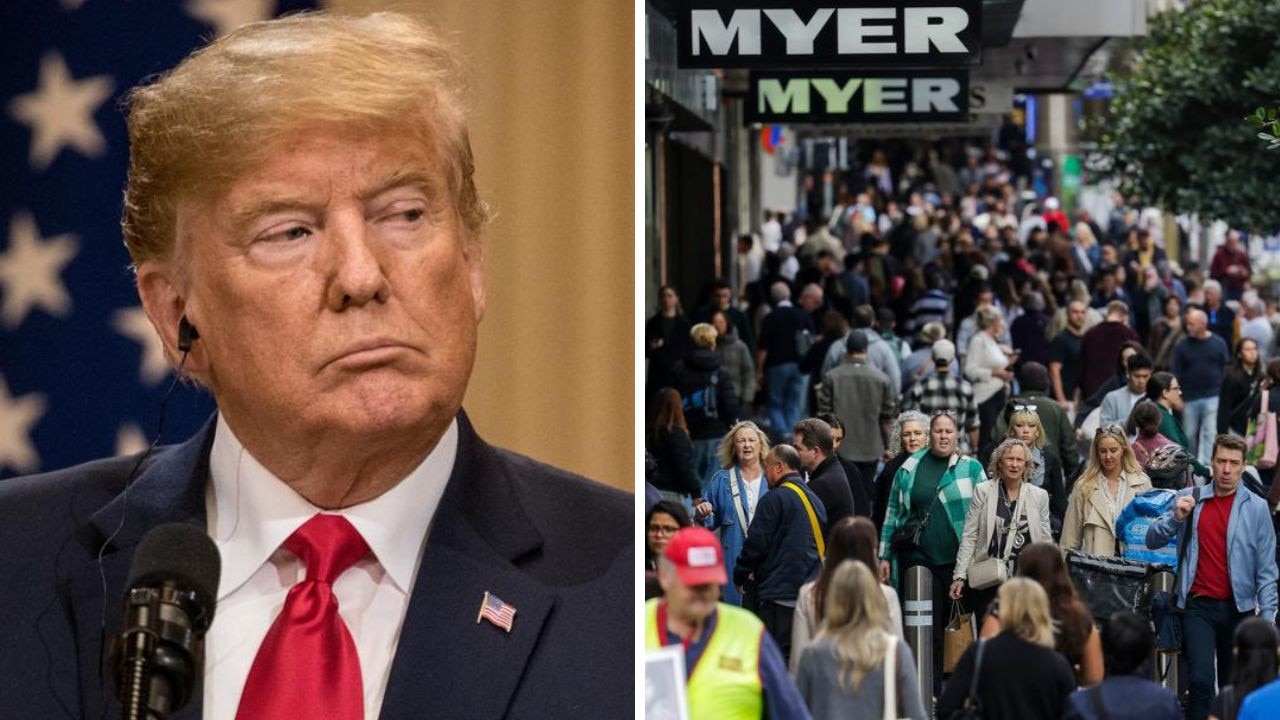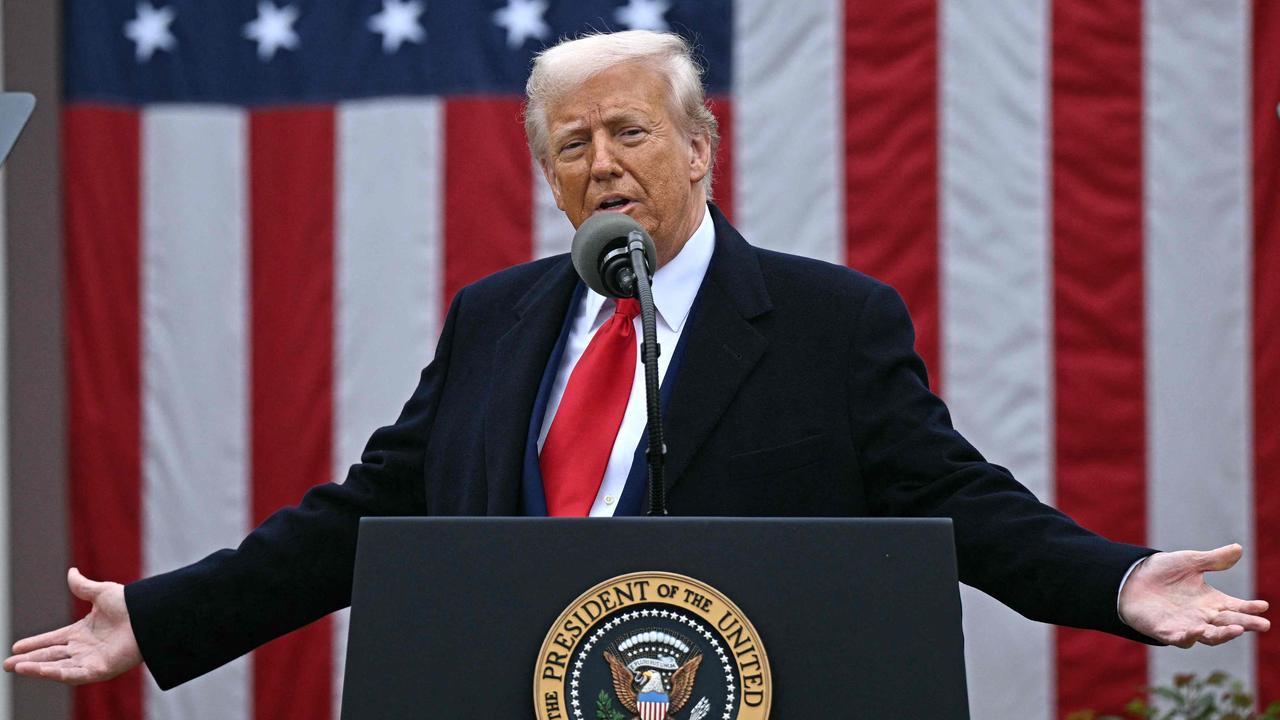War, Omicron and floods temper first quarter GDP growth in massive reality check for Labor
Prime Minister Anthony Albanese has barely had time to warm his seat as new data shows just how tricky the road ahead is going to be.
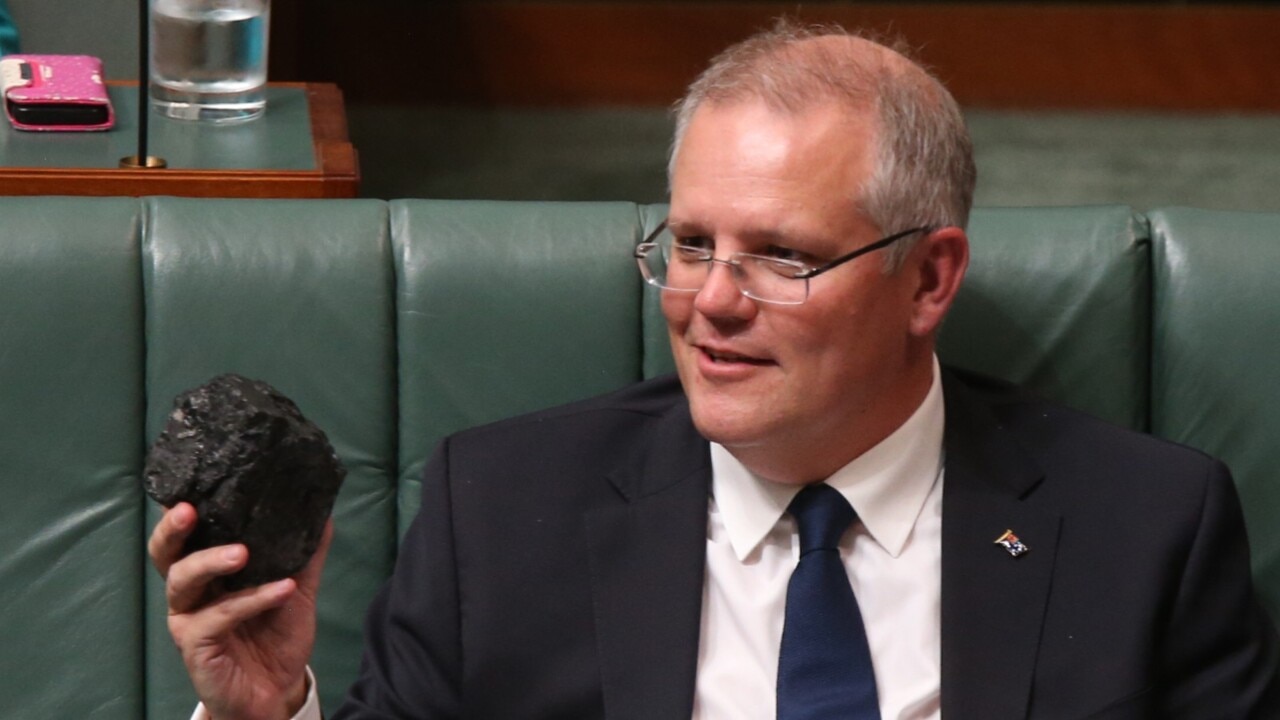
Scott Morrison and the former Coalition government badly misjudged how strong the economy was travelling, according to new Treasurer Jim Chalmers, with Labor now facing a massive task to keep the nation ticking over.
Within an hour of being sworn in on Wednesday, Mr Chalmers was already staring down a set of figures showing an economy battered by war, Omicron and historic flooding.
He acknowledged demand had remained strong but nonetheless accused his Coalition predecessors of severely overcooking their pre-election fiscal outlook.
First quarter gross domestic product (GDP) slightly beat expectations on Wednesday by growing 0.8 per cent – a second straight quarterly rise – although this was a drastic slowdown from the 3.4 per cent growth in the final three months of last year.
Mr Chalmers said the last fiscal outlook offered by the Morrison government tipped much stronger quarterly growth than what eventuated on Wednesday, and also overshot expectations for a range of factors including consumption, dwelling investment, new business investment, exports and nominal GDP.
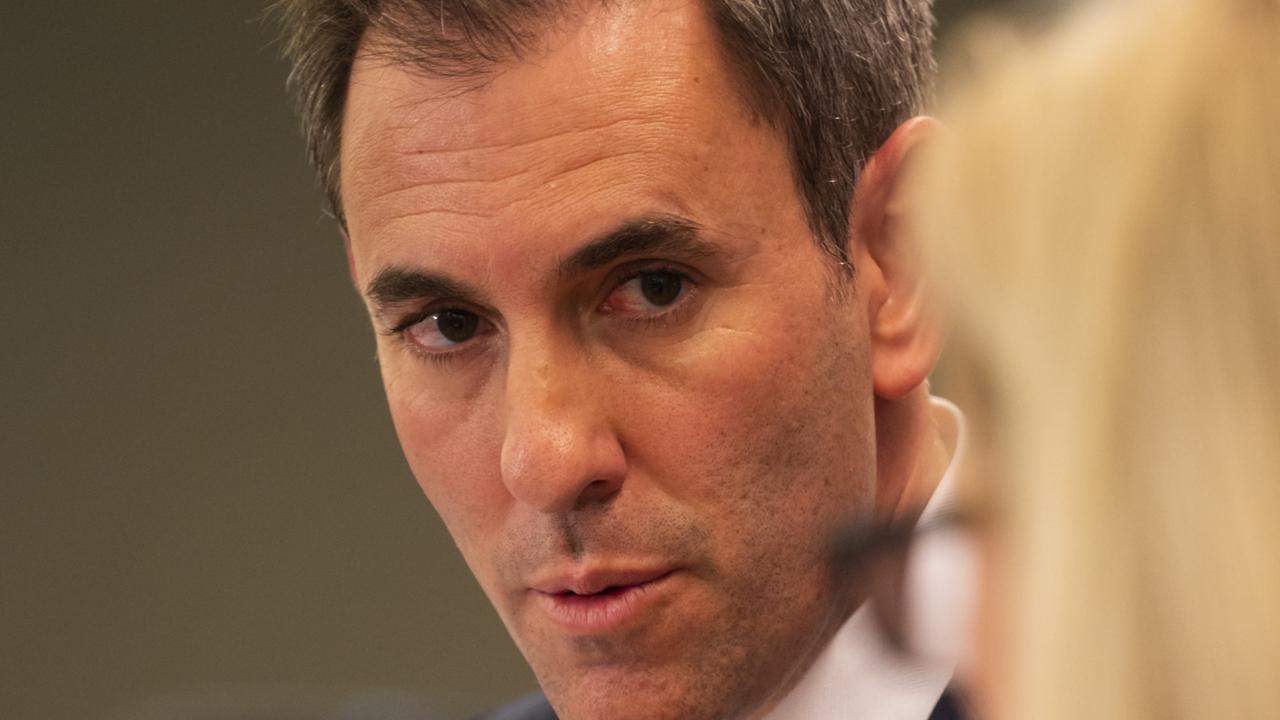
He did not mince his words as to the size of the challenge ahead, and who was at fault for leaving things in such a precarious state.
“What we see in the March national accounts is a weaker set of figures than our predecessors and the Treasury anticipated at budget time and at the time of the pre-election update,” Mr Chalmers said.
“These national accounts are a glimpse of the mess the former government left behind for us to clean up.
“You can see in these figures, even where the number on the surface looks relatively robust, is much lower in many instances.”

A slight beat for the quarterly figures will still no doubt give Mr Chalmers and the new Labor government some cause for optimism but he was adamant Mr Morrison’s government overstated expectations.
“There is no point tiptoeing around these serious economic challenges,” he said.
“There’s no point mincing words about the sorts of conditions that we have inherited.”
‘Solid result’
Economists still largely saw Wednesday’s result as a solid one even though annual GDP growth at March 31 had slowed from 4.2 per cent to 3.3 per cent.
Mr Chalmers also acknowledged this, saying demand had indeed remained strong.
Household consumption grew 1.5 per cent, while there was a record $7.5bn ramp-up in inventories as the business community replenished its stocks.
“Household consumption made a large, positive contribution to growth in the quarter,” noted Sean Langcake from BIS Oxford Economics.
“(Spending) weathered the Omicron disruption quite well, and a falling savings rate and catch-up growth in discretionary components will support growth over the rest of the year.”
However, Mr Langcake also flagged higher interest rates and surging inflation will start to squeeze budgets in the months ahead.
There were a number of other challenges presented in Wednesday’s data.
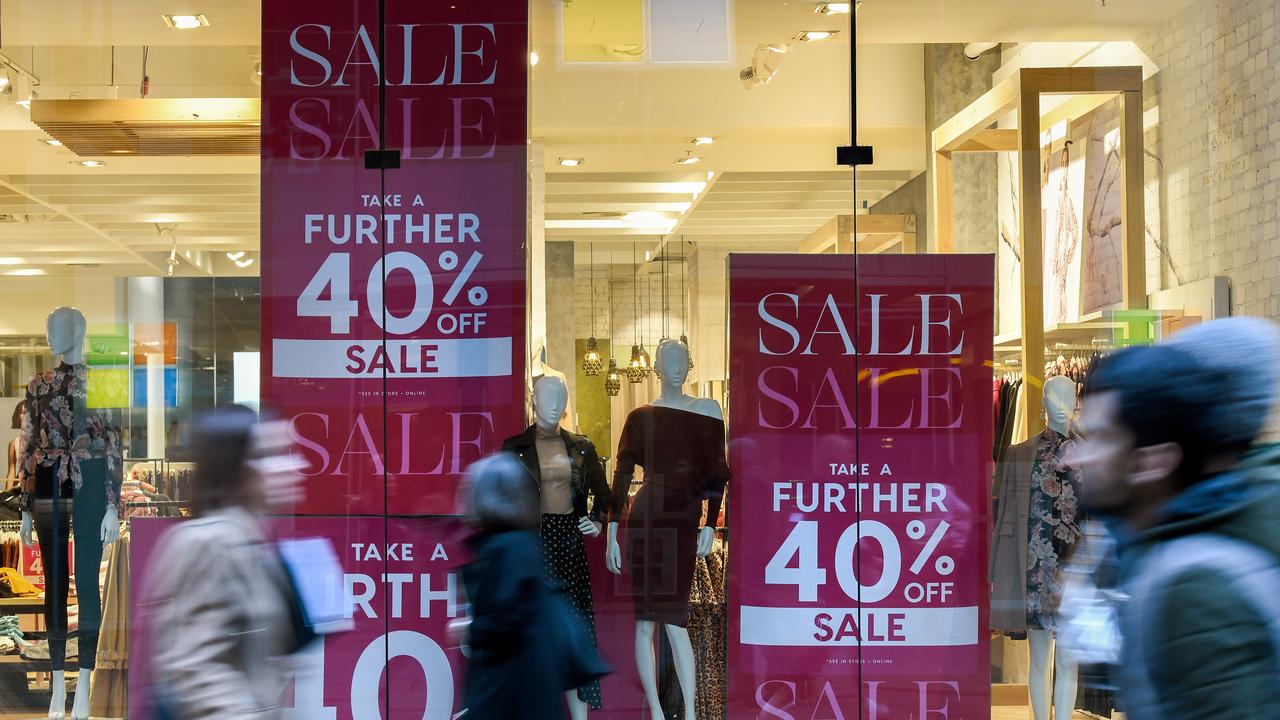
Net trade detracted 1.7 percentage points from the quarterly figure, driven by the strongest rise in imports since December quarter 2009.
This reflected the arrival of delayed shipments and inventory rebuilding by businesses closer to pre-pandemic levels.
Elsewhere, compensation of employees rose 1.8 per cent for the quarter as skilled labour shortages added pressure, resulting in businesses paying more to attract and retain staff.
This was matched by a 1.9 per cent rise in employed persons, meaning that increased pay was spread across more people.
The ABS also reported a 1.7 per cent jump in labour productivity for the quarter as workers maintained output despite staff absences, with an annual gain of 2.8 per cent.
This was easily outstripped by business profits, which grew by 7.3 per cent on the back of booming commodity prices.
The ABS said global events – including the rolling conflict in Ukraine – would continue to impact the Australian economy in the months ahead.
The June quarter national accounts are expected to show further volatility even though growth is tipped to improve slightly to 3.5 per cent for the year through.
The ASX 200 showed little reaction to the better-than-expected GDP figures and was last 0.2 per cent higher.
The Aussie dollar was also largely unchanged, buying 71.8 US cents.


